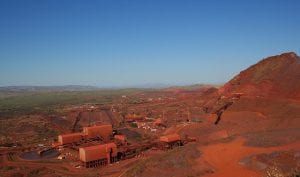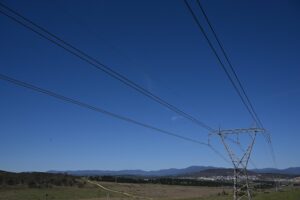It has been fascinating, and somewhat disturbing, to hear so much of the current debate around energy policies, renewable energy, and carbon pricing based around the idea of “base load energy” – as if it is the only option that exists in the world’s modern energy systems.
It is, of course, based on a century-old system model that emerged as Nikola Tesla won his theory of generation supply over Thomas Edison. The reason was the economics of distributed generation.
Centralised generators ruled supreme for more than a century – supported by peaking power plants in recent decades to cope with their quasi-inability to be switched off. But now times are changing, systems are becoming smarter and more flexible, and base load generation no longer reigns supreme in the way it once did. Most analysts suggest it is on an inevitable decline.
The generation portfolio of Origin Energy highlights this. This graph above below shows how the company’s biggest base load generator, Eraring Energy which it bought in the past year, operated at a capacity factor of just 35 per cent. Even its only owned and operate wind farm, Cullerin Range, operated at 44 per cent.
There are a couple of interesting points to note. One is that the peaking gas generators were also used less often. Mt Stuart, which actually operates on jet fuel, of all things, was not even switched on during the December half. There are two likely reasons for this, the record warm weather, and because fast-response generators are not needed nearly as much as some say to back up renewable energy sources such as wind and solar. In fact, data from South Australia shows that back-up generators are needed even less than when their sole requirement was to fill the peaks that coal and other base load could not.
Origin’s experience is far from unique. AGL Energy has recently put in a winning bid for Macquarie Generation. Of its two generators, the 2GW Liddell coal fired power station in the Hunter Valley was only in use 36.7 per cent of its capacity over the last fiscal year. Bayswater was in use 57 per cent. And Stanwell, of course, has closed half of its capacity at the 1.4GW Tarong coal generator, and will only reopen it later this year because rising gas prices has forced its Swanbank gas generator out of the market.
These are interesting and challenging times for the conventionals. No wonder they are struggling so hard to stop renewables in their tracks.










